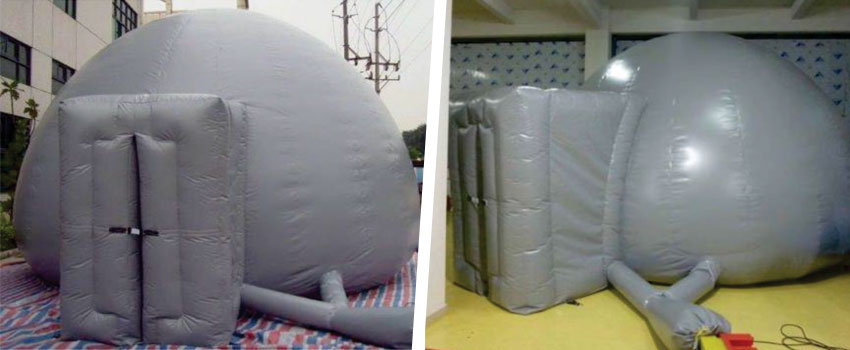- News
U. de La Serena will have a mobile planetarium in 2019

The planetarium will benefit students from schools and the ULS, and the guides from the tourist observatories in the area.
During 2019, the mobile planetarium of the University of La Serena will be operational, which was concessioned by CONICYT thanks to the management of the Vice-Rector's Office for Research and Postgraduate Studies (VIPULS) and the support of the Department of Physics and Astronomy.
The Director(s) of the Department of Physics and Astronomy, Dr. Sergio Torres, explained that a program of activities was established that responded to the CONICYT proposal and that aims for the planetarium to benefit students from schools and the University itself. , for example, from the Pedagogy, Journalism and Tourism areas, in addition to including the guides from the tourist observatories in the area.
The base unit of the mobile planetarium will be the aforementioned Department attached to the Faculty of Sciences, where various activities will be carried out, but it will be moved once a month to a nearby location to be used by students of educational establishments.
“As the Department is one of the units that provides a lot of teaching at the University, it also has to be linked to the environment and show its extension, show the research that is done, and the planetarium is a perfect tool to do the above,” said Dr. Torres, who added the planetarium will be operated by astronomers from the unit.
“Inside this mobile planetarium, an infinite number of astronomical themes can be shown. We are not only focused on projecting the stars, but different options can be presented, such as themes related to the Eclipse, positioning in the sky, among other content.” , added the academic and researcher.
Finally, the Director(s) of the Department of Physics and Astronomy highlighted that having a planetarium of this type can open a horizon to think about a future physical planetarium at the University, “which would be an icon and fundamental for astronomical dissemination in the Star Region.”
